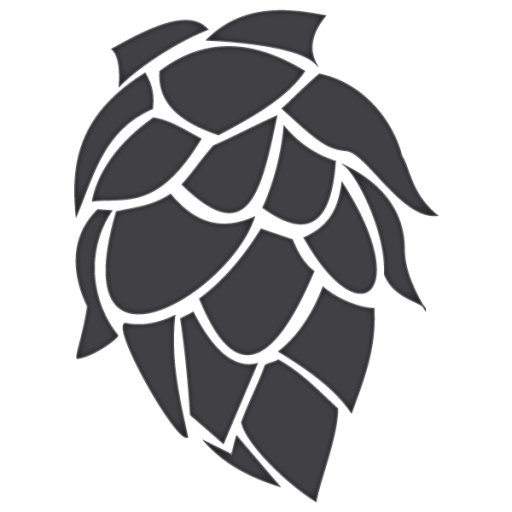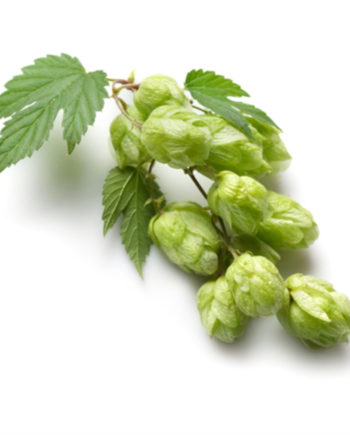I’ve wanted to do a single hop ale for some time. I have chosen Cascade hops as it a good grower on the farm and a great all round hop. I have also decided to mix the grain lager/ale split to see if it produces a light brew.
Mashup results
Mash went well, left with around 18L which has increased the alcohol percentage a little more than target – but not to worry 🙂 This brew has a mix of grain a few left over from the previous batch lets see what it produces.
Tasting results
n/a
Fermentables
| % | kg | fermentable | ppg | L | usage |
| 22 | 1 | Pale 2-Row – US | 37 | 1 | mash |
| 5 | 0.2 | Crystal 135L – UK | 33 | 135 | mash |
| 56 | 2.5 | Lager Malt | 38 | 1 | mash |
| 7 | 0.2 | Melanoidin Malt | 37 | 20 | mash |
| 11 | 0.5 | Flaked Corn | 37 | 1 | mash |
Hops
| g | variety | type | usage | time | AA | IBU |
| 35 | Cascade | Leaf | Boil | 60 min | 5.8 | 29.6 |
| 30 | Cascade | Leaf | Boil | 10 min | 5.8 | 9.2 |
Yeast
| name | attenuation |
| mangrove jacks M84 | 70% |
Cheat sheet
PPG: Points per pound per gallon – This is the gravity points that you would get if you extracted 100% of the sugars from a pound of this malt into a gallon of water
Degrees Lovibond is a measurement of the color that a malt or sugar will contribute to a batch of homebrew beer
Indicates how the fermentable is used. All grain brewers will typically select mash while extract brewers will typically select extract or steep. For fermentables added late in the boil such as sugar, select late (late addition).
Alpha Acids are the compounds found inside the cones of the hop plant and contribute to the bitterness of the beer
IBUs (International Bittering Units) are a measure of a beer’s biterness, or in technical terms, the amount of alpha acids isomerised by boiling wort. Brewgr estimates IBUs using either the Tinseth or Rager formulas
Apparent attenuation is the percentage of sugars that the yeast will convert into alcohol and carbon dioxide during fermentation
-
Sold out!
Cascade Hop (Rooted/Mature plant)
£25.00 Read more


